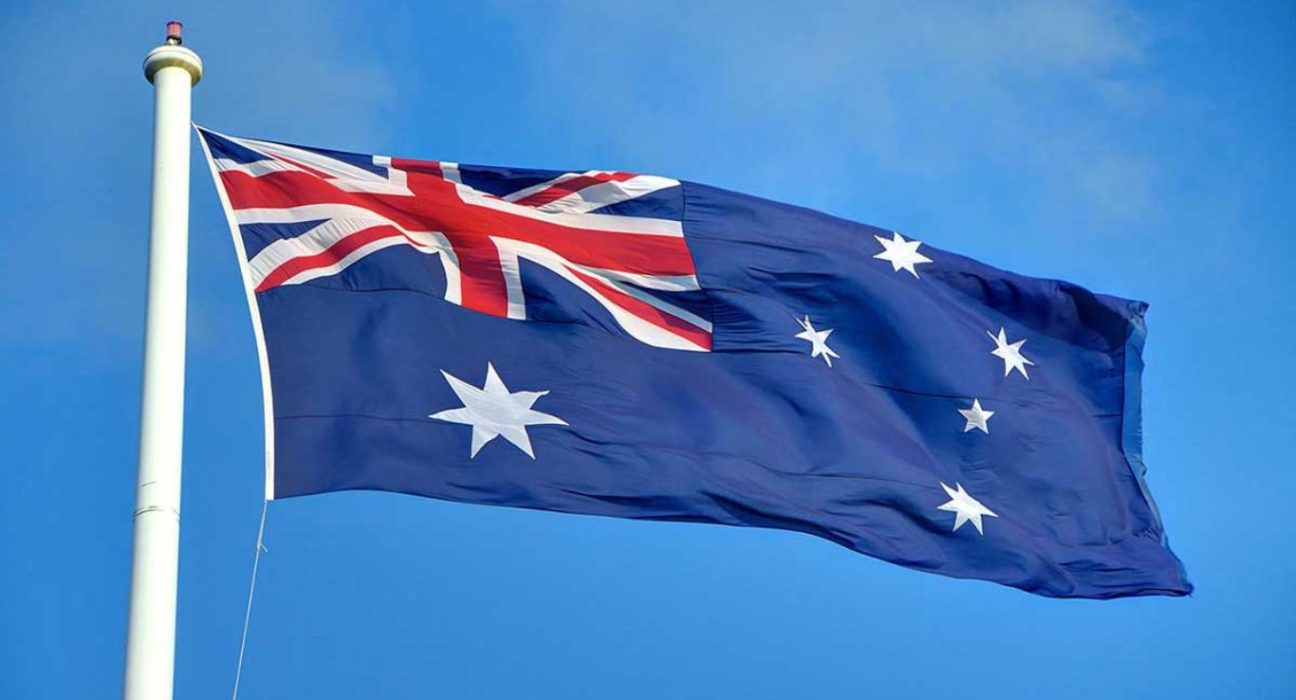Australian Prime Minister Anthony Albanese expressed his satisfaction with the decline of inflation in the country, while also noting that the cost of living pressures are still present nationwide. The statement comes as data shows that inflation in Australia fell to an eight-month low in February, attributed in part to the drop in holiday travel and accommodation prices. The data supports the case for the Reserve Bank of Australia (RBA) to pause its rate-hike cycle in its upcoming meeting.
According to figures from the Australian Bureau of Statistics (ABS), the consumer price index (CPI) rose 0.6% in the December quarter, bringing the annual CPI to 1.8%. However, the inflation rate fell to 0.9% in February from 1.4% in January, marking the slowest annual rate of inflation in eight months. The drop in inflation was primarily driven by the reduction in travel and accommodation costs, which were down by 14.5% in the quarter.
The RBA has a target inflation rate of 2-3%, which it has not achieved since 2015. The central bank has repeatedly stated that it will not raise interest rates until inflation is sustainably within its target range. The RBA has held the cash rate at a record low of 0.1% since November 2020 and is not expected to raise it anytime soon, particularly in light of the recent drop in inflation.
Prime Minister Albanese acknowledged the reduction in inflation but also noted the continued pressure on cost of living, particularly for Australians on low and middle incomes. He stated that the government is focused on supporting Australian households through policies such as increasing the minimum wage and providing tax relief for low and middle-income earners.
Inflation is a crucial economic indicator that reflects the rate of increase in prices of goods and services over time. Inflation can have a significant impact on the economy and on people’s standard of living. High inflation can lead to rising costs for businesses, lower purchasing power for consumers, and reduced investment. On the other hand, low inflation can result in stagnant economic growth and can also make it harder for central banks to stimulate the economy during a recession.
In conclusion, the recent drop in inflation in Australia is welcome news, but cost of living pressures continue to impact many Australians. The RBA is expected to maintain its current monetary policy stance, with interest rates remaining low in the near future. The government’s focus on supporting low and middle-income earners is expected to help alleviate some of the pressures on households. However, the long-term sustainability of the Australian economy remains to be seen, and policymakers will need to remain vigilant in their efforts to ensure economic stability and growth.










